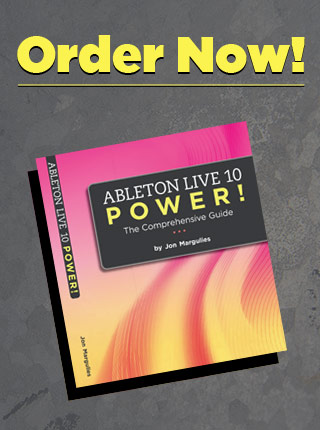There’s a common rule about using EQ in mixing: cut instead of boost. Like many rules, there are about a million exceptions. This one isn’t even really a rule. For me, it’s more of a workflow: first improve the sound of the mix by removing frequencies that sound bad or aren’t necessary, then boost to sweeten things up.
There are many basic EQ devices (Live’s included) that work fine for cutting but don’t sound especially great for boosting. Different EQs have different strengths – I’m a big fan of quite a few of the UAD EQs – when you discover one, you’ll know. You turn a knob and something special happens. Doing a lot of boosting with EQs that aren’t especially sweet can lead to harsh sounding mixes.
Most importantly, cutting frequencies from a sound makes room for other sounds. An extreme example would be a low frequency rumble in a vocal track. It can’t be heard directly because other parts are drowning it out, but it’s eating up headroom and contributing to the mix sounding dull. This can create a vicious cycle – you end up boosting high frequencies to compensate for the muddy low end and only make things worse.
There are plenty of less extreme examples. Maybe you’re boosting the highs on a hi hat sample, but if you explore the sound more closely, you discover that the real problem is the amount of midrange clank. It’s competing with other sounds in the mix and drawing your ear away from the pleasant high frequencies that are already there.
So, for example, the next time you find yourself doing this:
try soloing the track and do this:
…sweep around the frequency control and just listen to how much low frequency information is in the track. Then, switch to a high pass filter and listen to the track without some of that low frequency information.
Un-solo the track so you can hear it in the mix. It’s amazing how much clarity you can create with this sort of approach.
Of course, this is just a first simple step down a long road, but this is how you need to get your mind working to become a master of subtractive EQ.





